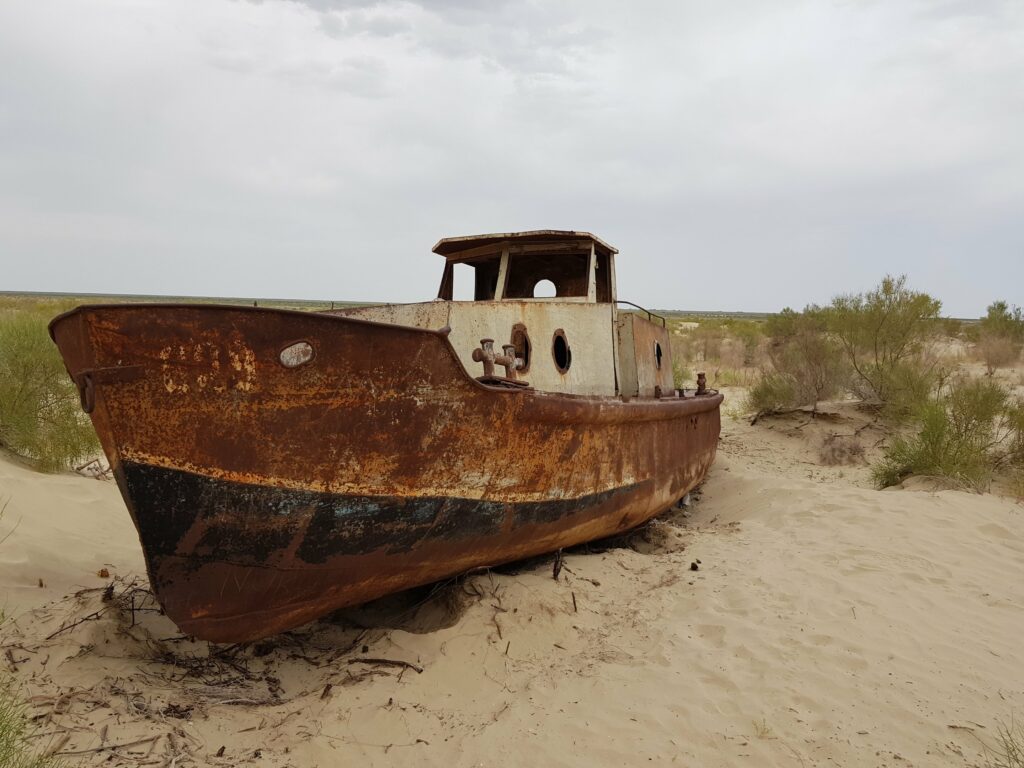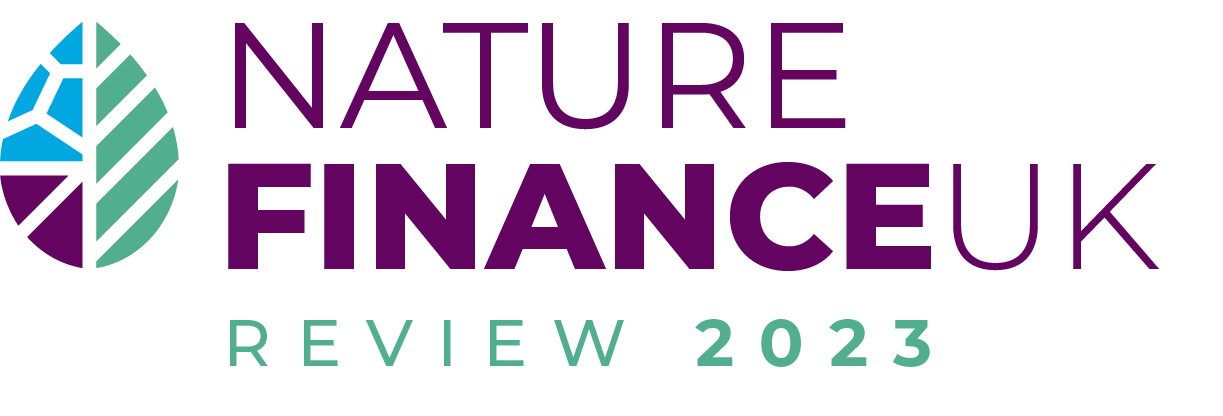Can private money go wild?
Rewilding Britain ’s ‘Rewilding Finance’ report published today marks a major milestone…
Learn what we're working towards, together
Supporting organisations, networks and initiatives
Get to know our team & board of trustees
In our latest insight article to publicise our Nature Finance survey, our newest member of the team at EKN, Stephen Le Fanu, shares his observations on nature finance as he joins us from working in social finance, via a trip to the Aral Sea. What are the parallels between the UK and the Aral Sea? And how can we learn from social finance?
I have just joined the brilliant EKN team to work, with Henry Crabb, on our 2023 review of the Nature Finance project pipeline, after a ten month expedition across Asia. Prior to that, I worked for several years at a Bristol-based social investor, Bristol & Bath Regional Capital. I am hugely excited and still a little daunted but at just over a week in, here I give some initial reflections as a newcomer to the sector, or perhaps more accurately a returner, having studied Biology at University a number of years ago.
If London and Edinburgh’s enormous financial firepower and hivemind of risk analysis and financial processes really develops Nature Finance, the UK could lead the way in creating mechanisms for parts of the world which are already facing disaster from climate change.
The first thought I was struck by was the seemingly immense potential opportunity of Nature Finance. The more I read, the more excited I get. If we can, collectively, crack it the UK could begin to reverse nature’s decline for the first time in many, many years. Additionally though, if London and Edinburgh’s enormous financial firepower and hivemind of risk analysis and financial processes really develops Nature Finance, the UK could lead the way in creating mechanisms for parts of the world which are already facing disaster from climate change.
On my trip, I was lucky enough to see what remains of the Aral Sea in Uzbekistan, once an inland sea the size of Ireland, now after 50-odd years of water overuse and mismanagement, mostly a desert dubbed ‘one of the world’s greatest environmental disasters’ by former Secretary-General of the United Nations, Ban Ki-Moon,. In this eery place where sea shells now litter a baking hot desert, a more moderate oceanic climate has given way to a hotter continental one and average temperatures are 10 degrees higher than they were 40 years ago (it was 48 degrees one day when I was there). Farmers, who had enjoyed the plentiful waters of the Amu Darya river leading to the Aral Sea, are now facing ruin as extreme temperatures and water shortages lead to crop failures. “It is much hotter this year than last”, one young man remarked to me, “our vegetables are dying because water is so expensive”.

The former Aral Sea basin is an extreme example but in the UK the trend is still very much the same. Biodiversity decline at home too has been worryingly stark, perhaps shrouded from our consciousness by the ‘shifting baseline syndrome’, whereby new levels of depleted and damaged states of nature are accepted as normal and used as a new baseline. Just today, the Office for Environmental Protection reported that the “government’s progress on delivery of its 25 year plan to improve the environment has ‘fallen far short’ and opportunities to change course must be taken.”
For both rural communities in both Uzbekistan and Britain, a robust market for farmers to be justifiably rewarded for creating common goods could restore nature, create new income streams and transform the lives of millions of people.
Places like the Aral Sea Basin are crying out for a coordinated, national or regional, strategic focus on ecosystem services which would allow people in poverty to extricate themselves from the short-term and individualistic farming practices that are necessitated by their need for survival. In 2007, experts estimated that it would cost $16bn to put in place sustainable irrigation practices (including wetlands, crop rotation and education) that would allow both farmers and households to access clean water as well as to begin refilling the Aral Sea. A lot of money for sure, but miniscule in comparison to the opportunities and avoided costs that a healthier natural environment would bring.
For both rural communities in both Uzbekistan and Britain, a robust market for farmers to be justifiably rewarded for creating common goods could restore nature, create new income streams and transform the lives of millions of people. I hope to contribute in a small way to these ends through our 2023 report into the UK project pipeline for Nature Finance. We hope this will be a really useful resource for anyone in the sector, so if you are working on something relevant, we’d love to hear from you! (more details at the end of this article).
My second thoughts turned to the parallels between Nature Finance to the world of social finance, which is a little more established and also more familiar to me. In many ways, my previous work was very similar; here I was involved with a nascent organisation, which set up investment funds to harness some of the capital in the system and employ it locally to projects that both created a financial return as well as social or environmental impact.
Some important lessons I learned, which I think are relevant are summarised here:
“We tend to overestimate what we can do in one year, and underestimate what we can do in ten.”
Finally, I remember a useful quote that I heard earlier on in my career that “we tend to overestimate what we can do in one year, and underestimate what we can do in ten”. I’ve always found this a useful reminder to keep in mind the bigger picture as we drive forward this complex and important area of work (although I hope this is not entirely true, as we embark on completing this report in the next three months!)

Are you involved in restoring land, water and nature in the UK?
Are you working to attract new forms of revenue and private finance?
With funding support from the Esmée Fairbairn Foundation, the Ecosystems Knowledge Network is launching an annual review of projects in the UK that are seeking revenue or investment finance from private sources. The aim is to help projects – and those wishing to support them – to understand the opportunities and challenges associated with generating revenue and utilising innovative finance for environmental restoration.
Take part in our surveyCreate an account today to favourite content, recieve updates and join groups.
Already have an account? Sign in here